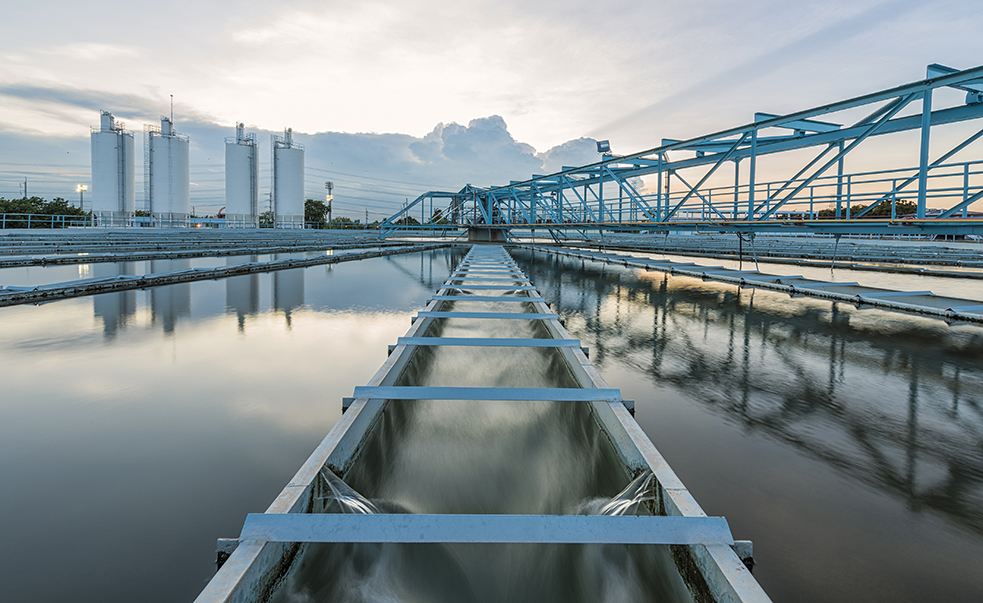As with other utilities, the water utility industry is constantly changing, with some changes posing challenges to service delivery. Infrastructure is aging. In certain cases, pipes, pumps, lifts, and valves need to be repaired or replaced. Over time, automated meter reading (AMR) systems, Supervisory Control and Data Acquisition (SCADA) systems, and the communication networks supporting these systems can become slower and less reliable. In more severe cases, critical information may not even get from the source to its destination.
Simultaneously, worldwide population growth and the trend to urbanization are increasing demands on existing water supplies and wastewater treatment facilities. As a result, water departments are pursuing new methods and technologies that will ensure reliable, always-connected information and applications while positioning them to service the growing population.
Regardless of the challenges, your customers expect vital water services to be available all day, every day, without fail. To continue to provide high-quality services, many water utilities are upgrading their systems to enhance overall operational efficiencies. A number of key objectives are driving investments in updated infrastructure and systems while leveraging investments in existing systems.
- Gain remote control of pumps, lifts, and valves
- Achieve real-time data, analytics, and application access
- Tighten security to protect critical, high-risk facilities
- Support more bandwidth for video surveillance and other applications
- Enhance customer service
- Improve employee health and safety
- Increase water conservation
- Reduce costs
Wireless networks are proven in water utilities to be a reliable, flexible, and cost effective communications platform for improving efficiency and reducing costs. However, by providing connectivity over a web of interconnected wireless nodes, mesh networks can take wireless networking to a higher level of performance and capacity. A wireless mesh delivers continuous, high-bandwidth communications between stationary and mobile personnel and assets while providing anytime, anywhere access to critical data and applications…
Click here to continue reading. 🖉













